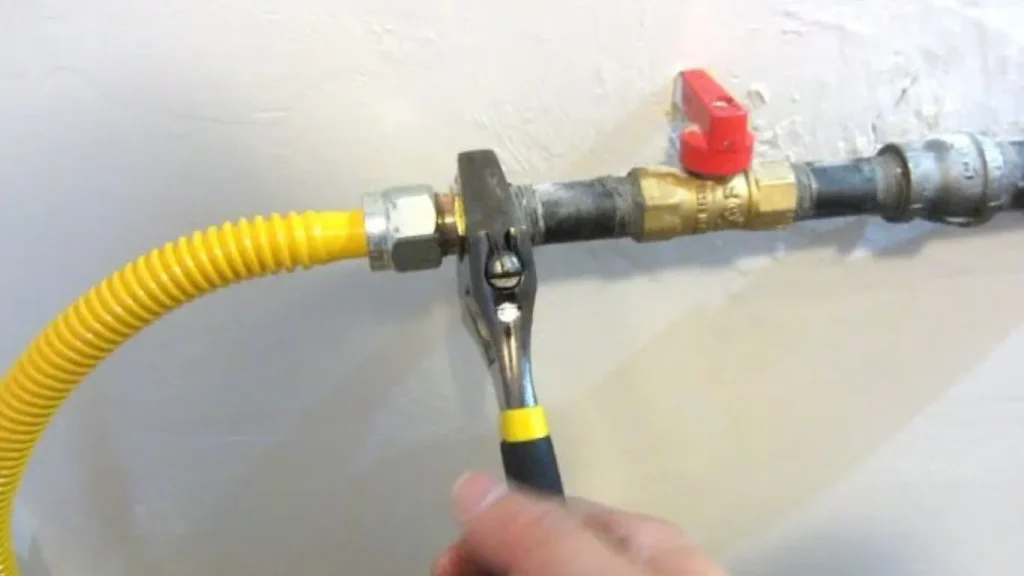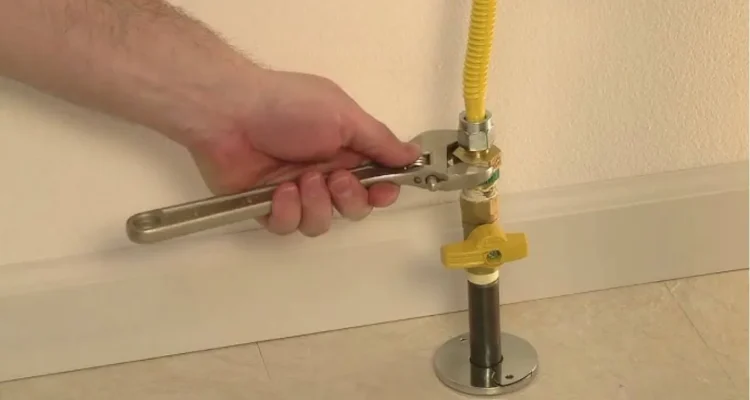Introduction
So, you’ve decided it’s time to replace or move your gas dryer. Whether it’s upgrading to a new model or just reorganizing your laundry space, knowing how to safely disconnect a gas dryer is crucial. This guide will walk you through each step, ensuring you handle everything with care and precision.

Safety Precautions
Before you dive in, let’s talk safety. First and foremost, turn off the gas supply. You don’t want any gas leaking while you’re working. Make sure the area is well-ventilated to avoid any buildup of fumes. Additionally, wear protective gear such as gloves to protect your hands.
Gathering the Necessary Tools
You’ll need a few tools to get started:
A wrench to loosen connections
A gas line cap to seal off the gas line
Pipe thread sealant to ensure a tight seal
Work gloves for protection
Having these ready will make the process smoother and safer.
Turning Off the Gas Supply
First, locate the gas valve. This is usually found behind the dryer or near the wall where the gas line connects. Turn the valve to the off position, typically a quarter turn. To confirm the gas is off, you can try turning on the dryer to see if it operates. No sound or ignition means you’re good to go.
Disconnecting the Dryer from the Gas Line
With the gas off, use your wrench to loosen the gas line connection at the dryer. Be gentle but firm to avoid damaging the line. Once loose, carefully remove the gas line from the dryer.
Capping the Gas Line
Now that the dryer is disconnected, you need to cap the gas line. Choose a cap that fits the line securely. Apply pipe thread sealant to the threads of the cap to ensure no leaks. Tighten the cap securely with your wrench.
Disconnecting the Dryer from the Vent Hose
Next, you’ll need to disconnect the vent hose. Locate the clamp securing the hose to the dryer. Use your wrench or a screwdriver to loosen the clamp and then remove the vent hose from the dryer.
Unplugging the Dryer from the Electrical Outlet
Before moving the dryer, make sure it’s unplugged from the electrical outlet. Safely unplug the dryer, ensuring you don’t tug on the cord too hard. Check to make sure there’s no residual power running to the dryer.
Moving the Dryer
With everything disconnected, you’re ready to move the dryer. Ensure you have a clear path to avoid tripping or bumping into anything. Use proper lifting techniques to avoid injury. It’s always a good idea to have someone help you with this part.
Inspecting the Gas Line for Leaks
Before you consider the job done, check the gas line for leaks. A simple way to do this is by using a soapy water solution. Apply the solution to the connection points and observe for any bubbles. If you see bubbles, it means there’s a leak, and you’ll need to tighten the connections or reapply sealant.
Cleaning the Area
With the dryer moved, take the time to clean the area. Remove any debris or lint that might have accumulated. Check the floor and walls for any damage that may need repairing before installing a new dryer.
Recycling or Disposing of the Dryer
If you’re getting rid of your old dryer, consider recycling options. Many places have programs for recycling appliances. If recycling isn’t an option, make sure you dispose of it safely according to your local regulations.
Preparing the Space for a New Dryer
Before bringing in a new dryer, ensure the space is clean and ready. Check the gas line and vent to ensure they are in good condition and properly positioned for the new appliance.
Frequently Asked Questions
What should I do if I smell gas?
If you smell gas, immediately leave the area and call your gas provider or emergency services. Do not attempt to disconnect or handle the dryer.
Can I disconnect the gas dryer myself?
Yes, you can, but make sure you follow all safety precautions. If you’re unsure at any step, it’s best to call a professional.
How often should I check my gas connections?
Regularly inspect your gas connections every six months to a year to ensure there are no leaks or damage.
What type of gas cap should I use?
Use a gas cap that matches the size and threading of your gas line. It’s crucial to get a proper fit to prevent leaks.
How do I know if my gas line is leaking?
A soapy water solution applied to the connection points will reveal leaks through the formation of bubbles.
Conclusion
Disconnecting a gas dryer might seem daunting, but with the right steps and precautions, it can be done safely. Always prioritize safety by turning off the gas supply and checking for leaks. Once you’ve successfully disconnected your dryer, you can proceed with your next steps, whether that’s moving, recycling, or installing a new appliance.


Congratulation!